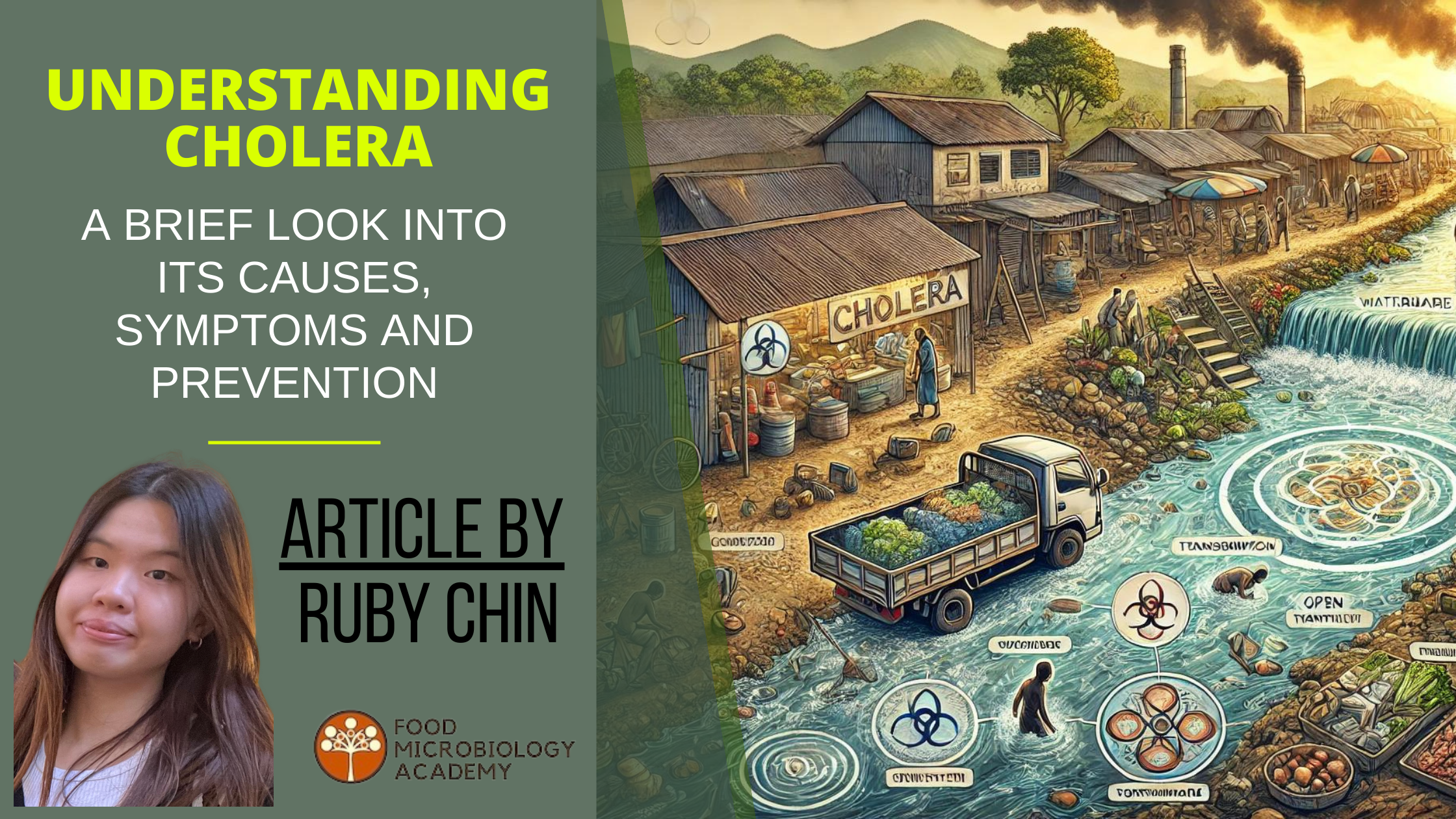Introduction
Cholera is a bacterial infection that is caused by the bacterium Vibro cholerae. This disease is commonly associated with severe diarrhoea and dehydration symptoms, and is typically caused by the ingestion or consumption of contaminated water or food. Even to this day, Cholera is regarded as one of the diseases that poses a major threat to public health, Cholera outbreaks within communities are usually observed following natural disasters, such as floods. This is mainly due to restricted access to a safe drinking water supply as a result of infrastructure damage or destruction.
Cholera infections are also more commonly seen in less developed countries, thus making it a main indicator of social and economic inequalities between populations or within communities. Hence, it is of utmost importance for the public to be educated in this area and understand the disease itself. This article focuses on exploring multiple areas of the disease by highlighting its typical causes, commonly experienced symptoms, potential treatments and future prevention measures.
Causes of Cholera
As mentioned at the start of this article, the pathogen that is responsible for the symptoms seen in Cholera infections are a species of bacteria known as Vibro cholerae. Drinking water can be easily contaminated with Vibro cholerae, thus making it unsafe for human consumption. The reasons for contamination of water may vary from one situation to another, however, the improper handling of sewage disposals remains as one of the most common reasons for Cholera outbreaks that is observed in lesser developed countries around the world.
The bacterium Vibro cholerae can be spread from one person to another through the faecal oral route. Faecal matter that is passed through a person infected with Cholera disease can go on to contaminate water supplies. Thus failure to properly and adequately treat the water supplies in the distribution system before public consumption can lead to more of the people in a population or community becoming infected with Cholera after they consume the contaminated water. Other than drinking water, Vibro cholerae may also be spread and passed onto another person through food. This occurs when a person consumes food that has been previously contaminated with the Vibro cholerae bacteria from an infected person.
Symptoms of Cholera
The severity of symptoms may vary from person to person, and usually mainly depends on the strength of an infected person’s immune system. However, symptoms that are typically seen in patients that are infected with Cholera include severe diarrhoea, which is the frequent passage of loose and watery faecal matter, along with dehydration and vomiting.
The onset of symptoms are normally rapidly seen after infection with the Vibro cholerae bacteria. In some people, symptoms may appear as fast as within a few hours following consumption of contaminated food or water. However, it is also possible for symptoms to have a delayed onset in some people, where it only appears after four or five days following Vibro cholerae infection.
Strategies to prevent infections and outbreaks
Cholera is a disease that can be prevented, given appropriate steps are taken by both the individual themselves and also the general community or population living in the area. In order to prevent Cholera infections and outbreaks within the population or community, it is essential to ensure that the water sanitation process in that area is correctly carried out and maintained. A clean water supply system prior to public distribution is the best way to prevent Cholera outbreaks in the population area.
Besides that, prevention measures should also be taken at the individual level. These may include steps to maintain general hygiene habits, such as proper handwashing and having safe food handling processes. Vaccinations are also highly recommended in endemic areas around the world, where Cholera infections and outbreaks are relatively more likely to be seen than other areas.
Treatment Options
The main method for treatment of Cholera infections include oral rehydration therapy (also known as ORT) and antibiotics. For more severe cases of Cholera infections, supportive care measures should also be taken, and these measures may include the administration of intravenous fluids. The treatment options mentioned above are mainly designed to manage the symptoms of diarrhoea, which is by focusing on the replacement of lost fluids and electrolytes from the body.
Conclusion
In conclusion, Cholera infections and outbreaks are largely preventable. It is important to be mindful that these prevention measures do not only depend on personal hygiene practices, but also require global efforts in order to reinforce proper water sanitation processes and also ensure overall improvement of the general public’s awareness on Cholera disease.



